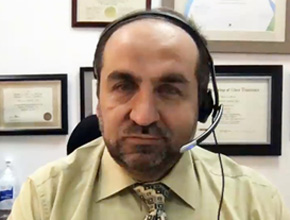Dr Susan Kahn is a professor in the Department of Medicine at McGill University, codirector of the Canadian Venous Thromboembolism Research Network (CanVECTOR), and founder of the McGill Thrombosis Fellowship.
How long should anticoagulant treatment be used as venous thromboembolism (VTE) prophylaxis in hospitalized patients? Should it be continued after discharge?
Susan Kahn, MD, MSc: In terms of use [of VTE prophylaxis] while inpatient, we do not have any definite number of days when it should be used. As a general guideline, it should be continued for as long as the patient is hospitalized, as long as they are acutely ill, or as long as they are immobilized, whichever is of the shortest duration.
Conversely, we do not recommend postdischarge thromboprophylaxis for the reason that whether you are going to give postdischarge prophylaxis with low-molecular-weight heparin or with a direct oral anticoagulant, although there is a small reduction in the risk of VTE in the outpatient setting, this is exceeded by the risk of harms, namely bleeding. Therefore, it is not recommended that outpatient prophylaxis be given.
 English
English
 Español
Español
 українська
українська











